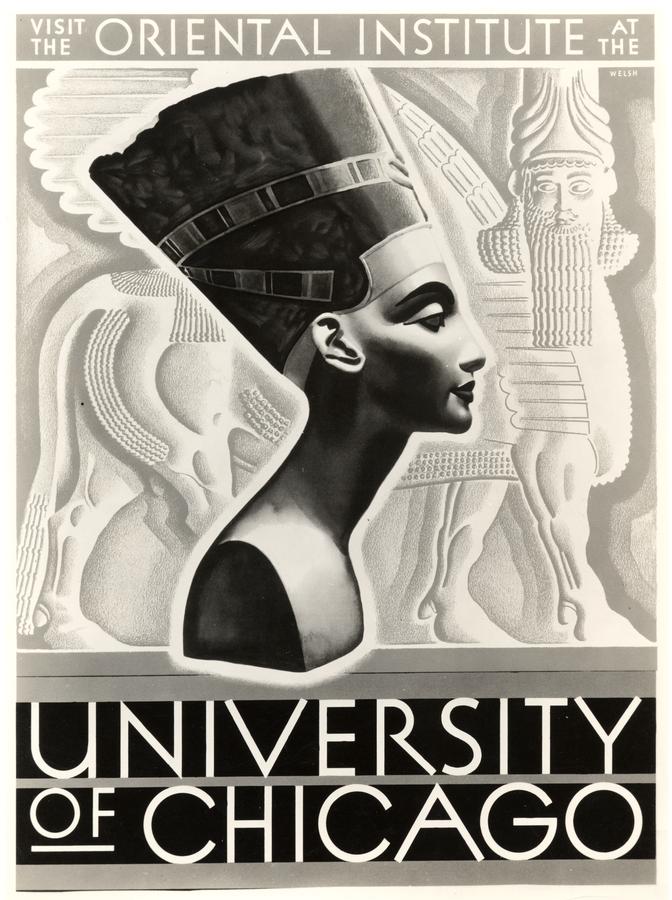BY KARA SPAK Staff Reporter/kspak@suntimes.com Jun 3, 2011 8:08PMMartha Roth, finished a 90 year project at the University of Chicago, creating a 21-volume dictionary of language and culture of ancient Mespotamian, here her work at U of C Oriental Institute, 59th and University Avenue, Thursday, June 2, 2011. | John H. White~Sun-Times.
Love notes and divorce papers. Accounting ledgers and legal briefs. Omens, letters between kings, thoughts on the benefits of flaxseed and the fortune-telling properties of sheep livers.
All were carved in stone or written in cuneiform on clay tablets in ancient Mesopotamia — the cradle of human civilization — between 2500 BC and AD 100. Scholars at the University of Chicago have worked for nearly a century on a comprehensive guide for those reading the ancient language in which some of the earliest days of human history were written.
Ninety years in the making, the 21-volume, 28,000-word Chicago Assyrian Dictionary is complete. Started in 1921, the dictionary was created over the years by about 85 employees writing on millions of index cards in up to five large offices at the school’s Oriental Institute at University Avenue and 58th Street.
The first volume was published in 1956. Forty years after that, the current editor saw the beginning of the end.“My goal since I took over in 1996 as the editor in charge was to bring the project to an end, not keep it going,” said Martha Roth. “My way of understanding my job was to complete it.”
The dictionary project was started by Oriental Institute founder James Henry Breasted, a Middle Eastern archeologist who envisioned the Chicago school being able to “recover the lost story of the rise of man.”Organized more like an encyclopedia, the dictionary is a primary source used by scholars, students or any one researching ancient Mesopotamia. While it’s called the Chicago Assyrian Dictionary, the Assyrian language is a dialect of Akkadian, another Semitic language. All Akkadian dialects are included in the Chicago dictionary.While Roth has been the project’s editor since 1996, she first started working on the dictionary in 1979 as a post-doctorate with a “brand new PhD in Assyriology.” Her degree was from the University of Pennsylvania, where she worked on a Sumerian dictionary project inspired by the Chicago Assyrian dictionary.
Roth joined the U. of C. faculty in 1980 and in 1996, she was named the dictionary’s editor. She said she never found the project overwhelming — though the end of the project came as an “abrupt jolt.”
“It’s hard for many people to understand the kind of stick-to-it this kind of project takes,” she said. “It’s not just this current world where everyone’s attention span is short. Many people like to dabble in things. They don’t like to sit for hours.”
Or in her case, years. Spending time developing the entries brought her a rare depth of insight and diversity of scholarship, she said.
“Usually a scholar will specialize in a particular genre or period,” she said. “When you work on a project like this dictionary project, it’s like basically being in an intellectual smorgasbord. You’re sampling things all the time.”
At various points during the project’s long history, scholars tried to modernize the process, including attempting to put portions of the project on IBM hole punch cards in the 1960s. Transferring all the cards onto computers would have taken decades, Roth said. Instead, they now are going into a safe archive.
For Roth, now that the dictionary is complete, there won’t be any celebratory vacation to lands near the Fertile Crescent. She’s still working as a professor as well as dean of humanities and doesn’t anticipate her schedule freeing up.
“You don’t retire from being an Assyriologist,” she said. “I’ve always been engaged in working in legal history and now I’m able to spend more time with that. I look forward to it.”
See the chronicle of news about the Oriental Institute.





 Stumble It!
Stumble It!


No comments:
Post a Comment